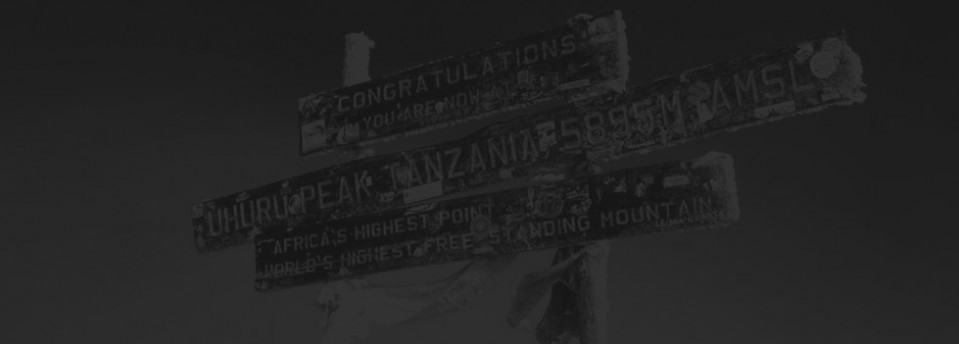Departing Canada April 22, 2015 – Returning May 10, 2015
DAY 1 – Arriving Katmandu (Friday, April 24)
Flying into Kathmandu on a clear day is an unforgettable experience, with the entire Nepalese Himalaya spread out below. Pass through immigration, collect your bags and go through Customs Green Channel to the passenger pick-up area outside. Take a deep breath, ignore the taxi drivers, hotel touts and people trying to take your luggage and look for an AmaDablam signboard. Identify yourself and we will take over. Transfer to the Hotel, and join your group for an arrival briefing from your AmaDablam Group Leader. Fill out the National Park Entry and Rafting Permit (if optioned) applications. Our Guest Relations Officer will collect your Passport and air ticket to obtain these and reconfirm onward travel, and return them at the end of the trip. Our GROs will give you any help you need, like arranging Mountain Flights. The highlight of the evening is a traditional dinner at Kathmandu’s finest Nepali restaurant.
DAY 2 (Sunday, April 25)
After a morning guided city tour, your Leader will give a trek briefing and issue part of the Trek Pack. The afternoon is free, but ask for help if you need it.
DAY 3 (Monday, April 26) TO DAY 13 (Wednesday, May 6)
Early next morning, transfer to the Domestic Airport for a spectacular mountain flight to Lukla, perched above the Dudh Kosi (River of Milk), named for its pale colour from glacier melt. Years ago, Lukla was a herding pasture (it means “Place for Sheep”), but is now the gateway to the Everest region, so hundreds of trekkers pass through it. Lunch in Lukla and trek to Phakdingma. You will immediately notice the difference between the Nepalis of Kathmandu and the local Sherpas who migrated from Tibet 500 years ago. You will also notice Mani Walls made of hundreds of carved and brightly-painted stone. Buddhists hold these sacred and gain merit in their next life by praying as they go past. As a sign of respect, please pass these clockwise.
The trail follows the river through stands of pine and oak until it starts to rise at Jorsale and rhododendron, magnolia and giant fir predominate. This is the famous Namche Hill, your first big climb, and a good place to learn from the masters; the porters. Their ability to climb such hills with enormous loads is pure technique; following them at a slow, steady pace makes such climbs seem far less arduous. Best of all, it has the first view of Everest, to the North. On top, is colourful Namche Bazaar, the Sherpa “Capital”; an important local trading centre. Use the time here for sightseeing, side tours or trying forty winks in the sun!
Out of Namche, the mountain views start to open out and just keep getting better as you approach holy Thyangboche and its famous Gompa (Monastery), the home of the Rimpoche (Lama re-incarnate). This is where mountaineering expeditions traditionally receive their blessing from the High Lama, but it also boasts one of the best mountain panoramas of Kwangde, Tawoche, Nuptse, Lhotse, Kangtega, AmaDablam and Everest. The walk up the ridge behind the Gompa is definitely worth it! Pass through Pangboche, home of the oldest Gompa in the Khumbu.
From here on, it’s really high altitude country. Agriculture is only barely possible and the lives of the local Sherpas are Spartan by any standard. Walk on to Dingboche, a small village just under AmaDablam, on comparatively gentle gradients. However the altitude dictates a leisurely pace. The temperature drops dramatically in the afternoon and evening, but the peak daytime winter temperature can be around 15°C, so warm clothing in your day pack is essential.
You can either rest or take an excursion to Chhuking, the last village in the Imjatse (Island Peak) Valley or to the Rocky Peaks that tower over the Dingboche village and the Imjatse Khola (river). The views from the top are worth the effort; directly below Dingboche village is just a speck on the landscape and AmaDablam seems within touching distance. Further afield are Makalu, Lhotse, Pumori, Island Peak and of course – Everest! Don’t forget the camera! Stop at Lobuche, a tiny village of stone houses set in an icy wilderness of stunning beauty. Views of the Khumbu Icefall, Pumori and many smaller peaks can be seen from the track.
Venture out early the next morning, following the Khumbu Glacier, to EITHER Everest Base Camp, or more interesting and challenging, Kala Pathar (5545m), a rocky outcrop just below Mount Pumori which overlooks Everest Base Camp and has commanding views of Everest, Lhotse, Nuptse, Pumori, AmaDablam, Makalu and the Khumbu Glacier. The destination is dependent on the group’s desire, general health and the weather at the time and expected weather on the retreat walk to Pheriche.
Descend to Khumjung, the Khumbu’s largest village, at the foot of sacred Khumbila (5861m) after which the valley is named. Time permitting, visit the school and hospital built by the Himalayan Trust which provides excellent education and health care to the Khumbu Sherpas. The Gompa houses some ‘Yeti’ relics which may be viewed for a small donation towards the Monastery’s upkeep. Retrace your steps to Lukla. The continually descending terrain and altitude means you do this very quickly. The last evening is in this busy village, where a party at the Paradise Lodge is not unknown!
DAY 14 (Thursday, May 7)
Take another scenic flight back to Kathmandu and your Hotel. Return the AmaDablam ‘Trek Pack’, and you’re free to explore, shop, get your films developed, try out various restaurants, take a scenic Mountain Flight or more guided tours. Your Guide will show you around and help with shopping, but remember, he/she can only be in one place at a time!
DAY 15 (Friday, May 8)
Rest Day
DAY 16 (Saturday, May 9)
It is time to fly home, AmaDablam transport staff will deliver you to the International Airport in ample time for check-in. Please collect valuables from security deposit and settle all Hotel bills. If you are going on to India, Tibet or Bhutan, to join another of our exciting adventures, you will be met at the respective International Airport, as explained in a separate AmaDablam Trip Supplement. We are sure you will have just as much fun as you did in Nepal! If you are heading straight home, have a safe journey and see you on your next adventure!




